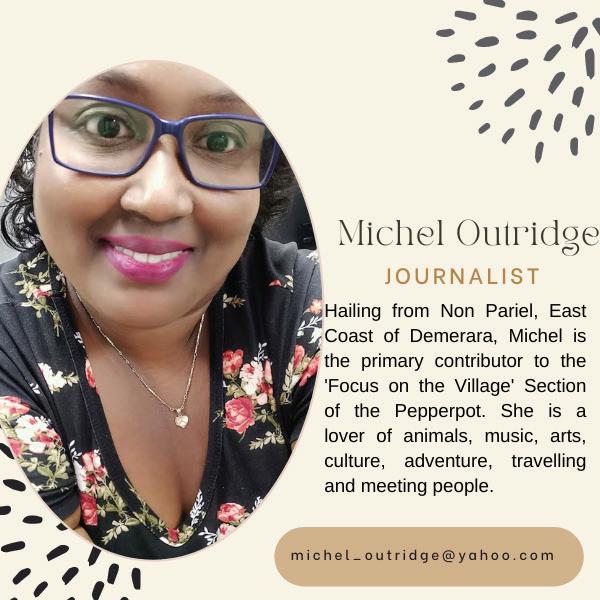
1 minute read
The bountiful community of Bonasika Creek, Essequibo River


Advertisement

LAST week the Pepperpot Magazine visited the riverine community of Mole Island and Bonasika Creek, a tributary of the Essequibo River located in Region Three (West Demerara-Essequibo Islands).





Bonasika Creek is divided into two sections, Lower and Upper, and it is a branch in the Essequibo River which has 365 islands, some uninhabited, with the largest being Hogg Island.
The creek is a cold blackwater creek running along both banks where there are dwelling houses occupied by residents, some of whom have lived all their lives in that riverine community.
The main economic ac- tivities of the people include farming and fishing.
Lower and Upper Bonasika Creek have two multigrade schools housing both nursery and primary and two health centres with a police outpost.
In Upper Bonasika Creek is the 10-door koker and the major attraction is the 5-door koker and savannah area used for sightseeing, picnics and fishing.
The population of Bonasika is about 2000, which consists of Indo, Afro and Amerindians whose only source of income depends heavily on farming.
All the lands in this riverine community are privatelyowned and it is utilised for vine crops, citrus, ground provisions and cash crops.
Bonasika is a major food-producing community and the produce would go to either Hubu Koker or Parika Stelling to be sold to wholesalers and huskers.
In Bonasika, it is a traditional lifestyle which is very basic and simple and it entails hard manual labour by the locals, most of who toil the land to earn.
Rainwater is stored for consumption and cooking, while creek water is used for chores and bathing.
The people of Bonasika are very hospitable, friendly and welcoming and do not have any delays in inviting you to their homes where freshly picked fruits, water coconuts, hot-off-the-fire foods and cold fruit juices await you with the creek in the background and it is a very calming and tranquil sight.
Being an isolated community where the only mode of transportation is via boats the youths do not have a lot of job opportunities and because of poverty a lot of the secondary school students drop-out.
Taking this into consideration, the locals report that there is an urgent need for a resource building or a multi-purpose centre for the community where youths can benefit from skills training to become gainfully employed or self-employed.
Locals are willing to do-
SEE PAGE XI











